Friend of Numbers tells the true story of Srinuvasa Ramanujan, who left his home of southern India in 1914 to study under the acclaimed mathematician G.H. Hardy at Cambridge University. Fascinated with numbers since he was a child, Ramanujan’s love of numbers and math keep him going despite the difficulties of adjusting to a place that is so different from home. Recognized as a genius during his time and our own, Ramanujan’s short but brilliant life is portrayed vividly in this picture book biography. The book includes back matter with an author’s note, a glossary of Ramanujan’s world, and mathematical content about number patterns and magic squares.
numbers
Seven Golden Rings
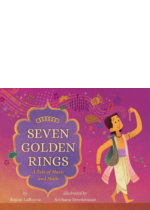
In ancient India, a boy named Bhagat travels to the rajah’s city, hoping to ensure his family’s prosperity by winning a place at court as a singer. Includes author’s note about binary numbers.
Ten Blocks to the Big Wok: A Chinatown Counting Book
This sweet story about a girl, her uncle, and a little cat they meet on the way accomplishes multiple fun and useful aims: It’s a fully bilingual counting book that teaches readers the numbers one through ten in both simplified Mandarin and English. It provides a fun tour of a typical Chinatown–a beloved neighborhood in many cities around the world. Children will enjoy spotting the kitten in every illustration as it trails Mia and Uncle Eddie through the streets. And with each item that Mia encounters on her walk, the book introduces some fascinating new aspect of Chinese culture or myth, as explained in the friendly backmatter. Join Mia and Uncle Eddie as they wander Ten Blocks to the Big Wok!
One Is A Pinata
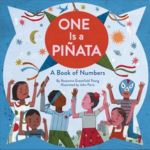
In rhyming text, Hispanic children count the things, like pinatas and maracas, that can be seen in their neighborhood.
I Know Numbers!
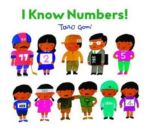
“A picture book that introduces the concept of numbers, and different ways that numbers are used in the world”
Absolutely One Thing
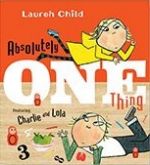
Sometimes, as a treat, Mom takes Charlie and Lola to the store and says they may choose one thing. With Lola bending everyday numbers to her will, the math goes down easy.
Ten Gorillas

It’s easy to learn to count to 100 with the assistance of lots and lots of colorful and expressive apes and monkeys! Gibbons, macaques, chimps, tamarins and more let young children get comfortable with numbers in this primate adventure that is both playful and painless!
The Hueys in None the Number
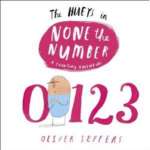
“Is none a number?” you might ask. I’m glad you did. The answer is Yes! For example, how many lumps of cheese do you see next to you? The answer, depending on where you are, is likely “none.” Counting with the reader all the way up to ten, the Hueys explain numbers as only they can. Such as: The number 4 is the number of tantrums thrown by Dave every day. 7 is the number of oranges balanced on things. And 9 is the number of seagulls who attacked Frank’s French fries. Together they make quite a spectacle. But when you take away all of these fun illustrations in the book? You’re left with none!
Numbers
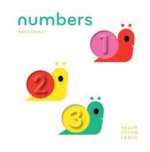
This book teaches the numbers from one to ten using simple raised die-cut shapes on a left-hand page mirrored in the scooped-out forms of the right.
Shaping Up Summer
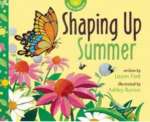
As young readers journey into the natural world, they discover that numbers, patterns, shapes, and much more! These can be found in everyday plants and animals. In Shaping Up Summer, the final title in the Math in Nature series, nature comes to life to help children grasp concepts of geometry, symmetry, and spatial sense.
